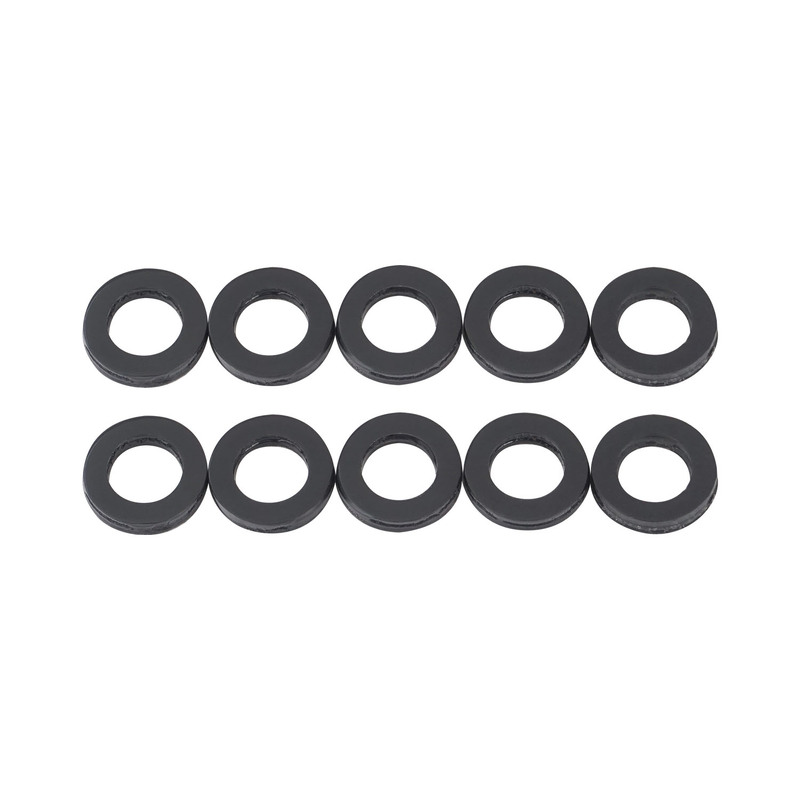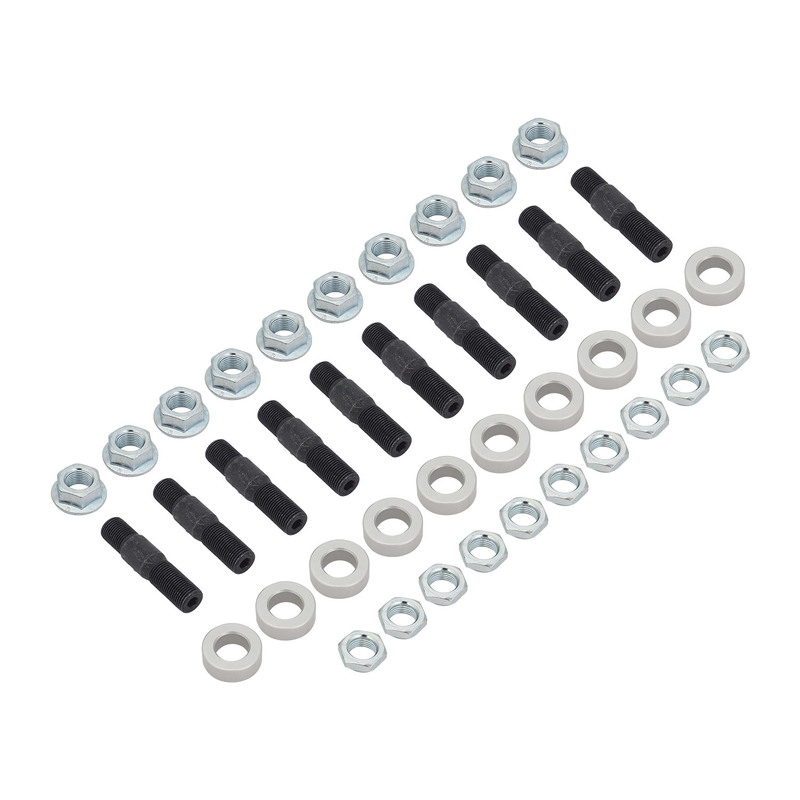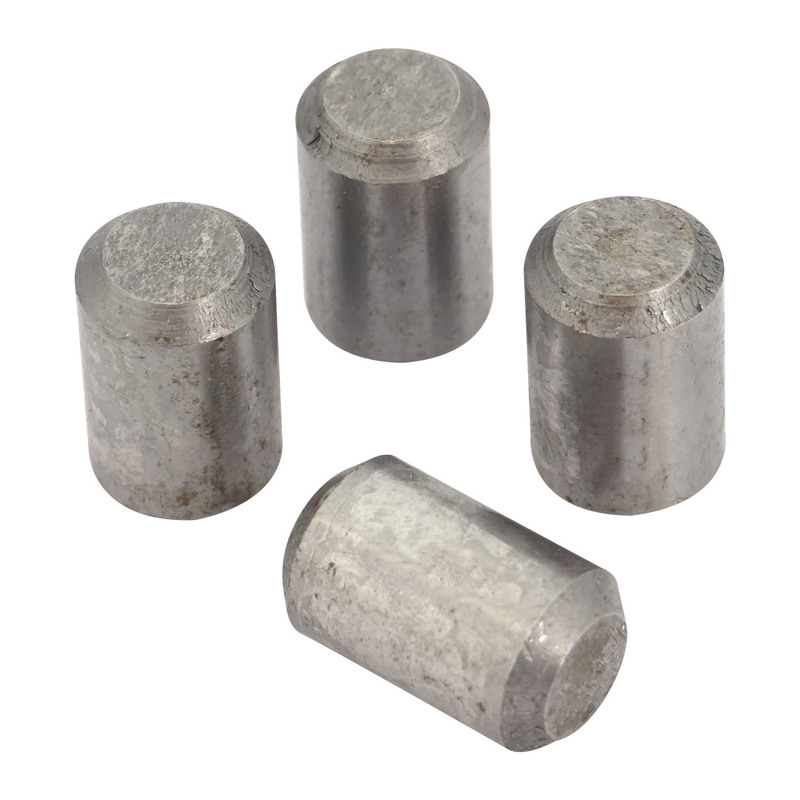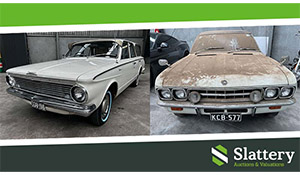Rolls-Royce ‘Phantom Goldfinger’ makes public debut
Rolls-Royce’s Phantom, one of their most significant and enduring models, turns 100 in 2025. To mark the occasion, Rolls-Royce displayed the ‘Phantom Goldfinger’ at this year’s Concorso d’Eleganza Villa d’Este in Italy. Although the one-off Phantom Extended (LWB) was built last year in tribute to the distinctive yellow-and-black 1937 Phantom III Sedanca de Ville from the James Bond film, Goldfinger, the new version’s presentation at Villa d’Este marked its first public showing.
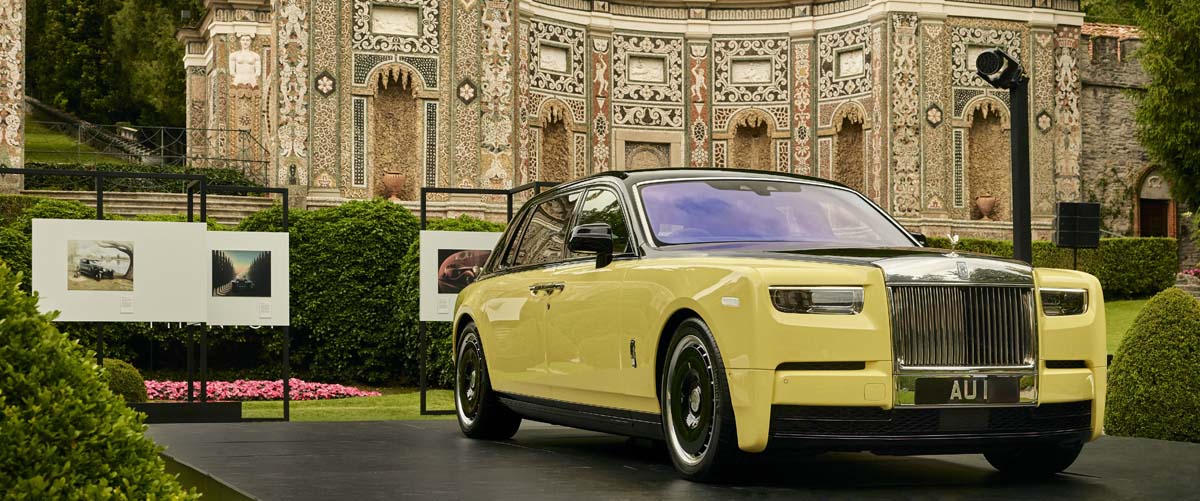
Unchanged mechanically from a production Phantom Extended (6.7lt twin-turbo V12, eight-speed automatic, double wishbone front and multi-link rear suspension, four-wheel disc brakes), the Goldfinger Phantom is loaded with bespoke touches and features inspired by the 1964 film. Painstakingly developed and applied by Rolls-Royce’s Bespoke Collective, these features include an 18-carat gold bar in the centre console, a map of the Fort Knox gold reserve inlayed into fold-out picnic tables using 22-carat gold, and a gold-plated golf putter fitted inside the boot.
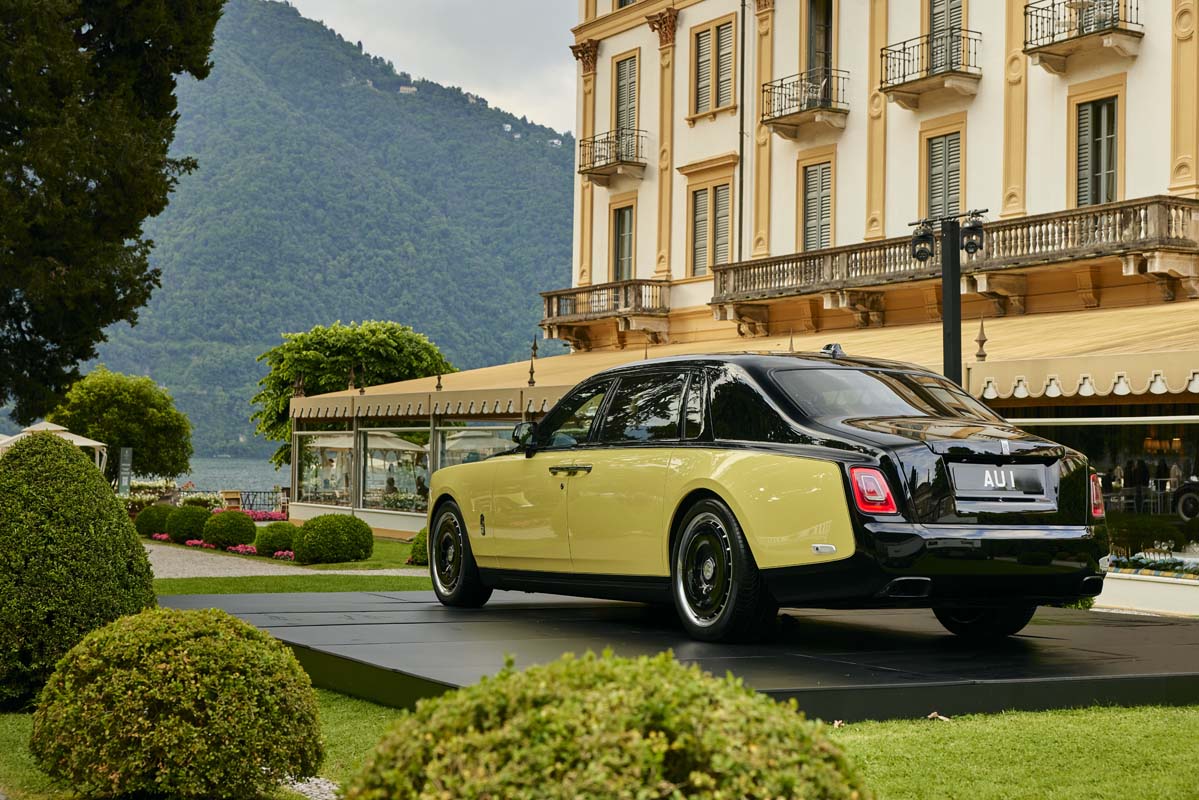
“At Rolls-Royce, we are dedicated to crafting deeply personal masterpieces that reshape the boundaries of possibility and truly define the essence of luxury," said Chris Brownridge, Chief Executive, Rolls-Royce Motor Cars.
"This particular project really invigorated our team of creatives, giving them the freedom to explore the reaches of their imagination. The final creation is a testament to the extraordinary ability of our designers, craftspeople and engineers.”
From conception to completion, the Phantom Goldfinger took three years and is said to have employed the most extensively engineered bespoke features ever applied to a one-off Rolls-Royce.
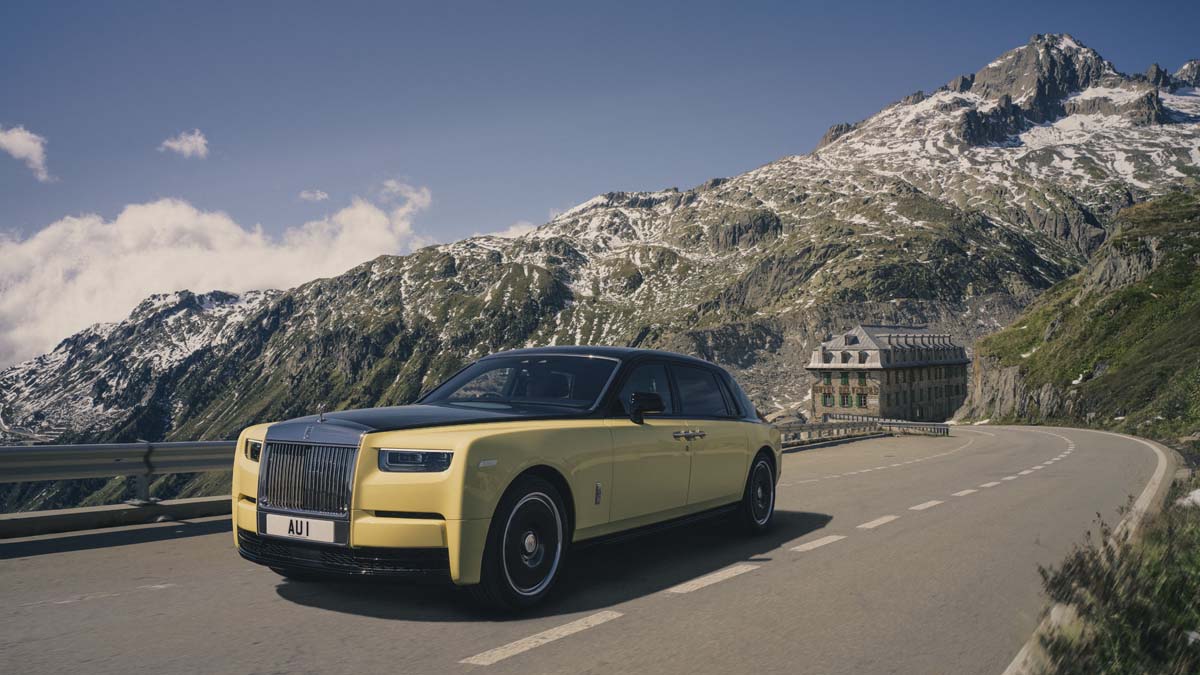
Yellow and Black
Externally, the Phantom Goldfinger channels Auric Goldfinger’s 1937 Phantom III with its yellow and black paint scheme. A unique ‘long-side’ two-tone design was developed in which the black sections wrap around the body as a single, uninterrupted graphic. Subtle coachlines feature on the yellow panels, while the 21-inch alloys are finished in black with ‘floating’ silver hubcaps to recall the wheel design of the 1937 car.
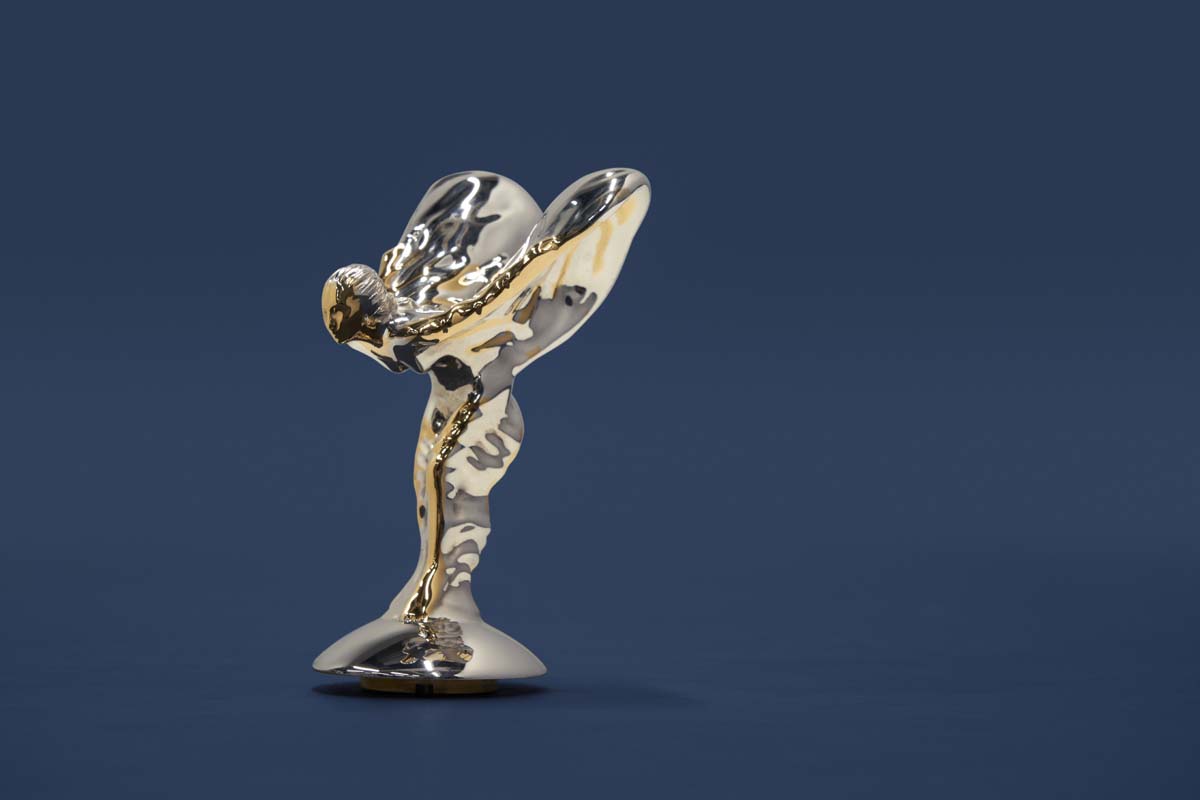
Atop the Phantom’s grille, a bespoke Spirit of Ecstasy mascot references the film’s plot. As Auric Goldfinger was using body panels on his Phantom III made of gold to smuggle the precious metal out of the UK to his base in Switzerland, the solid silver mascot on the Phantom Goldfinger has segments of 18-carat gold to suggest it was made of gold.
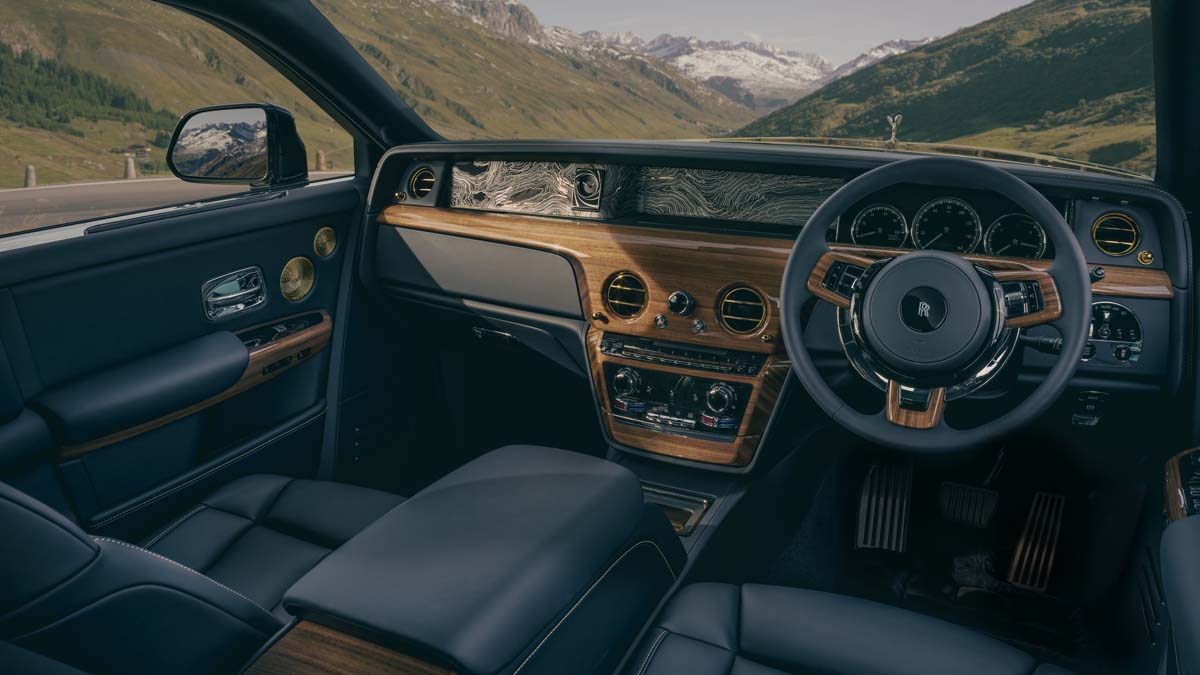
Gold and Furka
More genuine gold features inside the Goldfinger Phantom, most notably in the form of an 18-carat bar shaped into a ‘Speedform’ – a stylised representation of the car's shape in miniature. This gold bar sits within a ‘hidden vault’ in the front seat centre console and is illuminated when the vault is opened.
Gold-plated accents are added to the base of the front and rear seat consoles, the air vents and related adjustment knobs, speaker grilles and inner door sills. Inside the glovebox, a gold panel carries Auric Goldfinger’s quote - “This is Gold, Mr. Bond. All my life, I have been in love with its colour, its brilliance, its divine heaviness.”
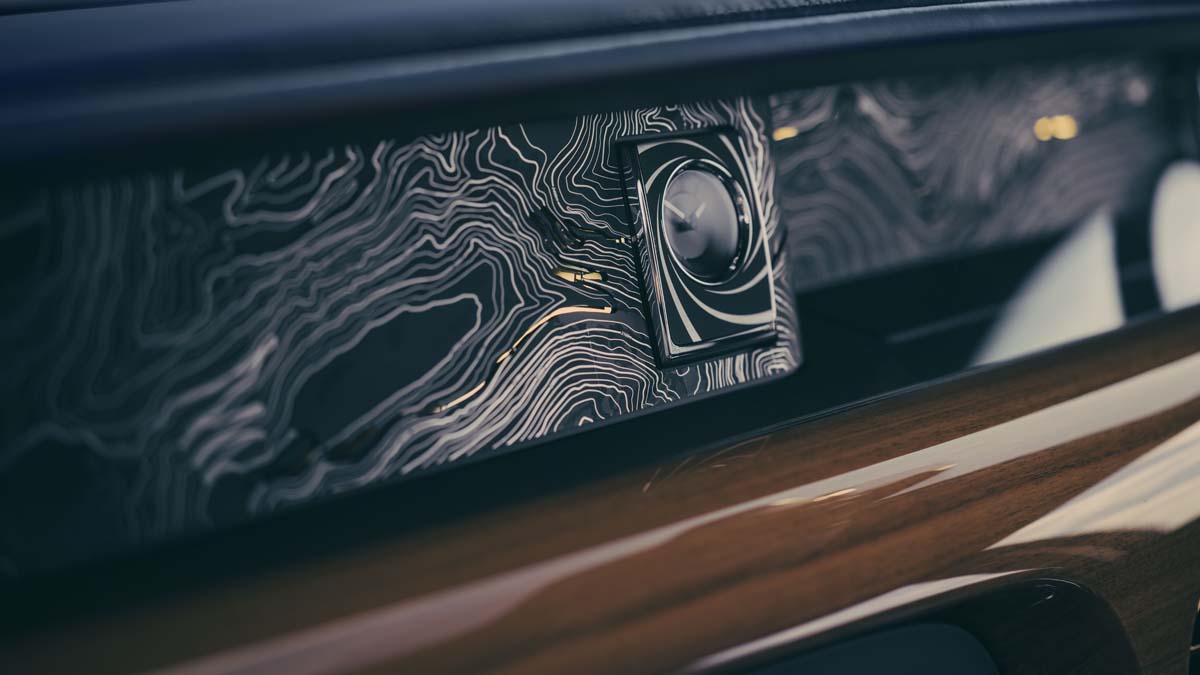
Across the width of the dash, there’s a topographical representation of the Furka Pass in the Swiss Alps where Bond tracks Goldfinger to his lair. This hand-drawn map was replicated on a stainless-steel panel using ‘physical vapour deposition’ to blacken the steel. Engraving contour lines and elevation figures exposes the bright metal beneath. The actual Furka Pass was cut out from this panel, with a gilded surface layered underneath to create a 3D effect.
This feature alone required a year of development, in which the Bespoke Collective produced ten complete prototypes to perfect the design.
In a more general nod to 007, the clock in the centre of the dash has a surround inspired by the ‘gun barrel’ opening sequence used in every James Bond film.
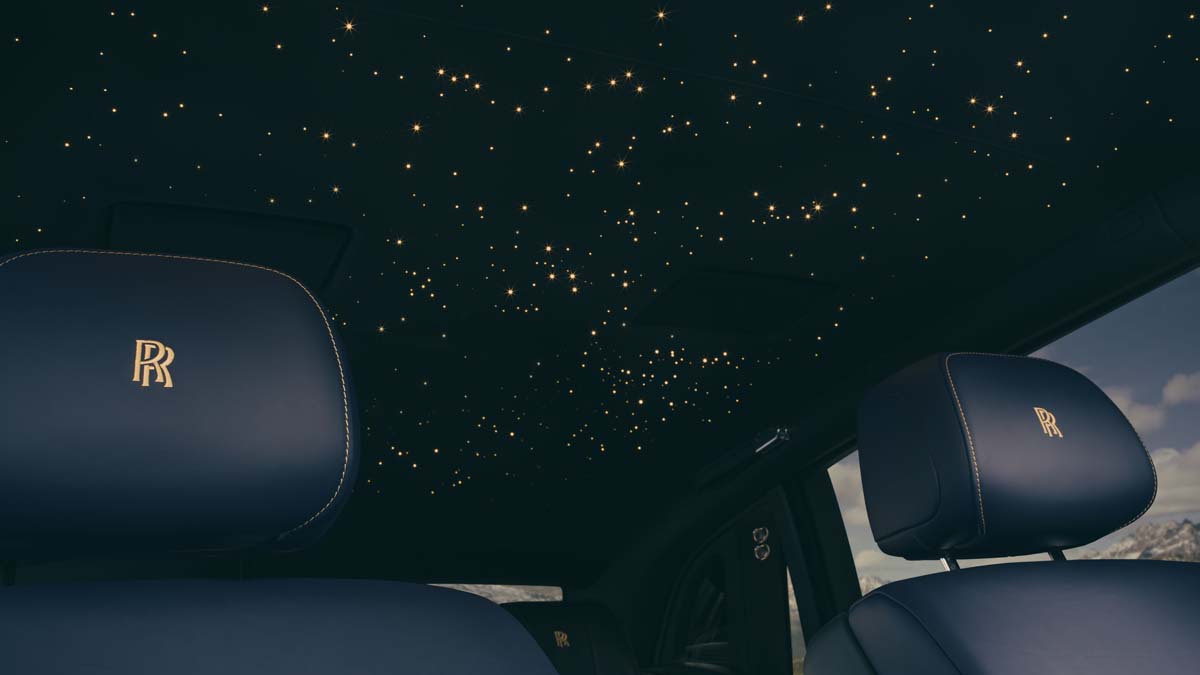
Stars Above, Gold Below
The refences to Goldfinger and the Furka Pass also appear in the car’s starlight headliner. While this illuminated lighting feature is common to many late-model Rolls-Royces, in the Phantom Goldfinger, it’s said to precisely replicate the stars visible over Furka Pass on 11 July, 1964 – the last day that Goldfinger was shot in Switzerland. Made up of 719 individual lights, the ‘stars’ have a gold hue and are surrounded by eight hand-placed ‘shooting stars’.
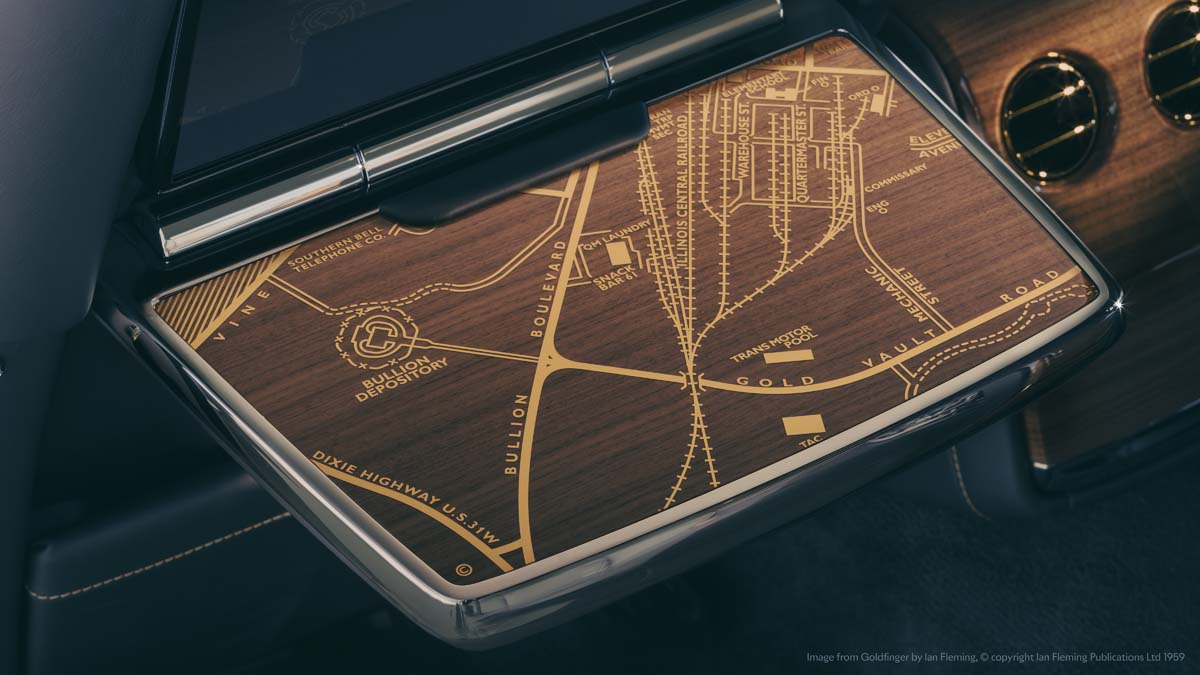
On the picnic tables that fold down from the front seats, there’s the fictional map for Goldfinger’s ‘Operation Grand Slam’ – the plan to irradiate the US gold reserve at Fork Knox with an atomic bomb in order to drive up the value of his own holdings. Royal Walnut tables feature 22-carat gold inlays showing elements like Bullion Boulevard, Gold Vault Road and the actual Bullion Depository.
Royal Walnut veneer features in other areas of the Phantom Goldfinger’s cabin, from the consoles and doorhandle accents to the steering wheel.
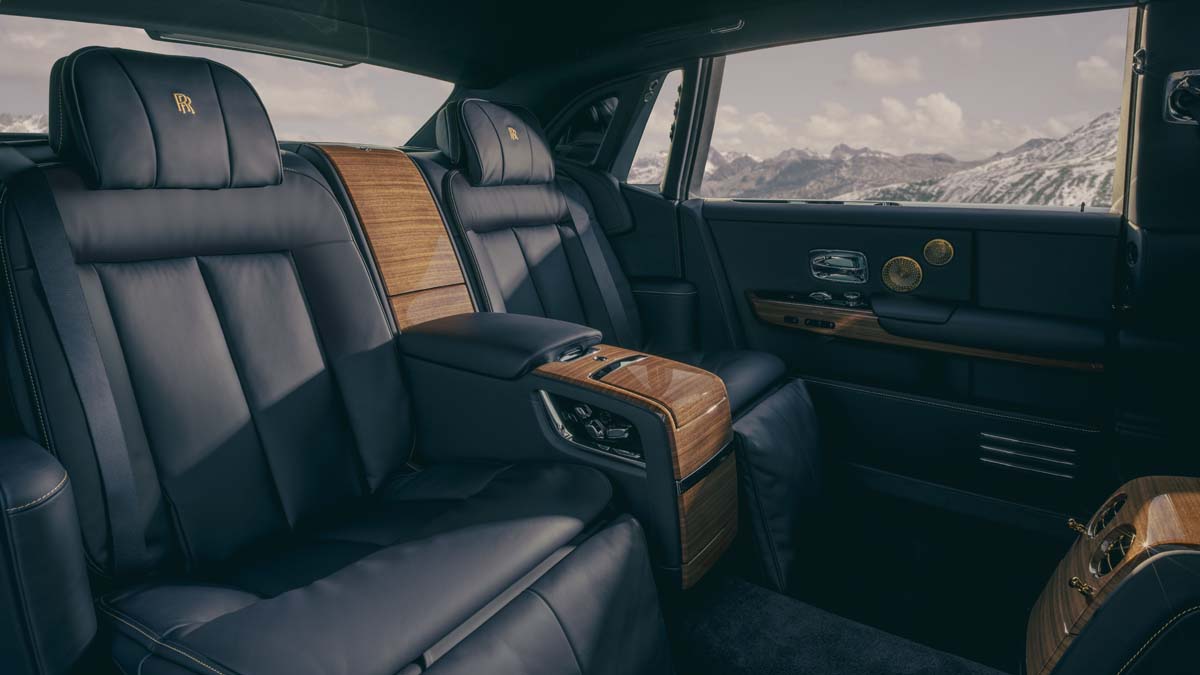
The seats, dash, doors and console lids are trimmed in Navy leather; a colour said to be inspired by the interior trim on the 1937 car. Gold stitching features throughout, including gold ‘RR’ monograms on the headrests, while gold ‘bullets’ cap the piping sections.
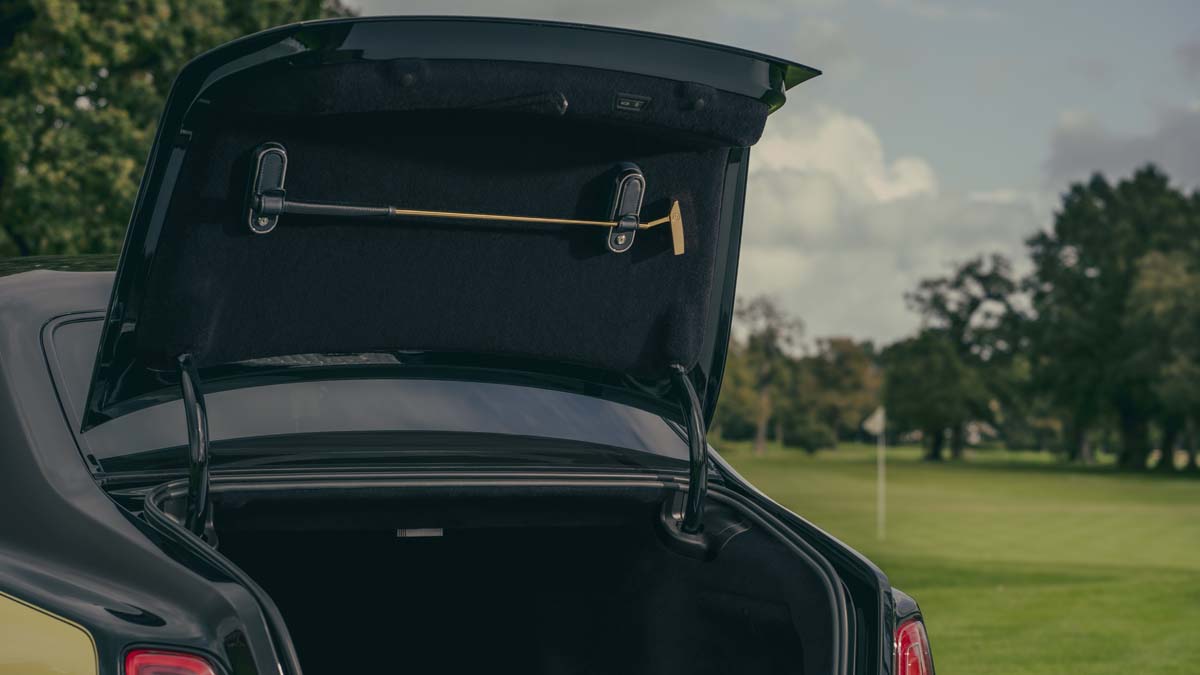
Final Details
Additional nods to Goldfinger in this one-off car include a gold putter of the type used by Auric Goldfinger and bearing his ‘AG’ initials that’s attached to the bootlid. Bond’s placement of a tracking device inside the car’s boot is acknowledged with a device that projects the ‘007’ logo on the boot floor when the lid is opened.
Harlequin umbrellas briefly seen at the end of the golf game sequence were replicated and added to existing umbrella slots in the Phantom Extended’s rear doors.
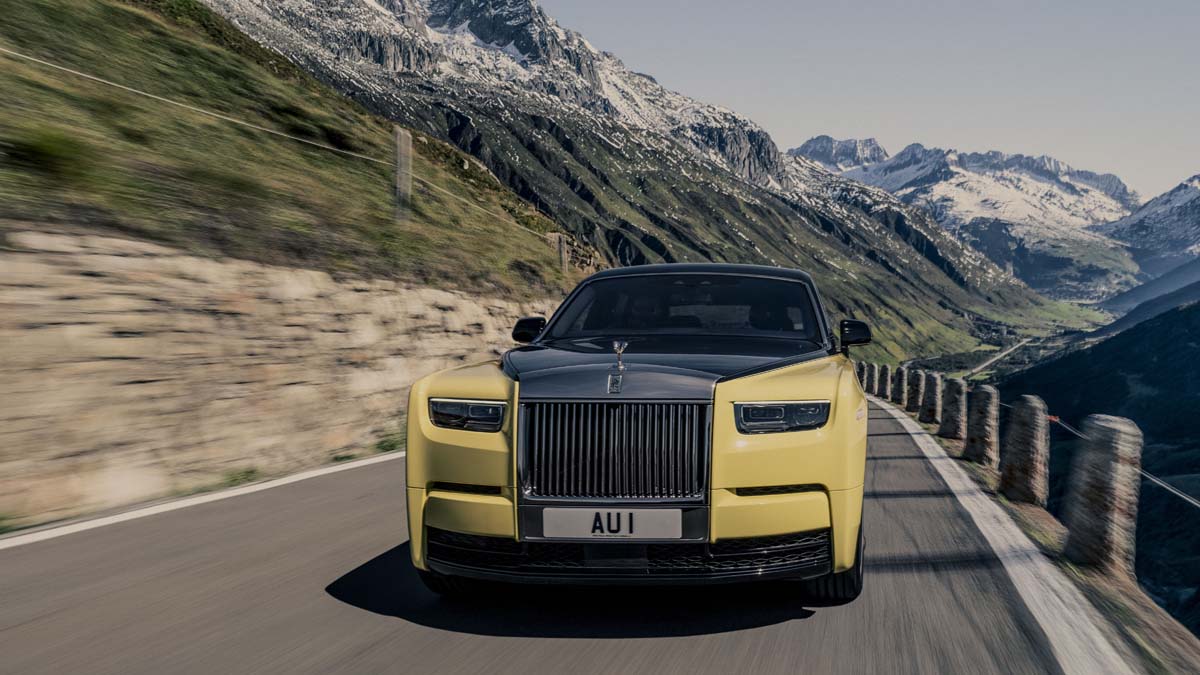
Finally, the car wears the British numberplate ‘AU 1’. This plate, which graced the Phantom III in the film and references the chemical symbol for gold on the periodic table, will remain with the Phantom Goldfinger, which is based in England.
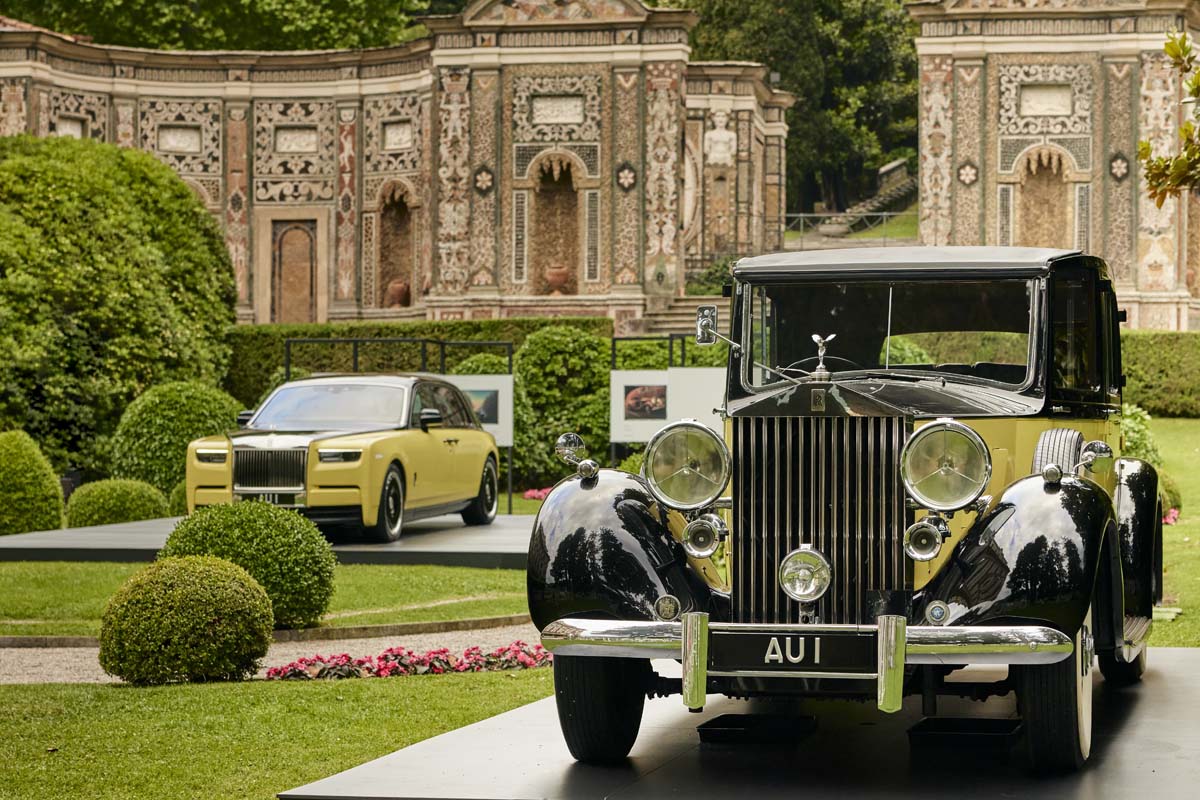
Villa d’Este extras
Alt the public unveiling of the Phantom Goldfinger at the 2025 Concorso d’Eleganza Villa d’Este, Rolls-Royce also presented the 1937 Phantom III Sedanca de Ville from the film on the renowned Mosaic Lawn of the Grand Hotel in Lake Como.
Alongside the cars, eight original artworks were presented, showing the evolution of the Phantom over the past century. Designed in-house, each is said to capture a different Phantom generation in the style of its era, with settings that reflect the influence the Phantom has exerted.
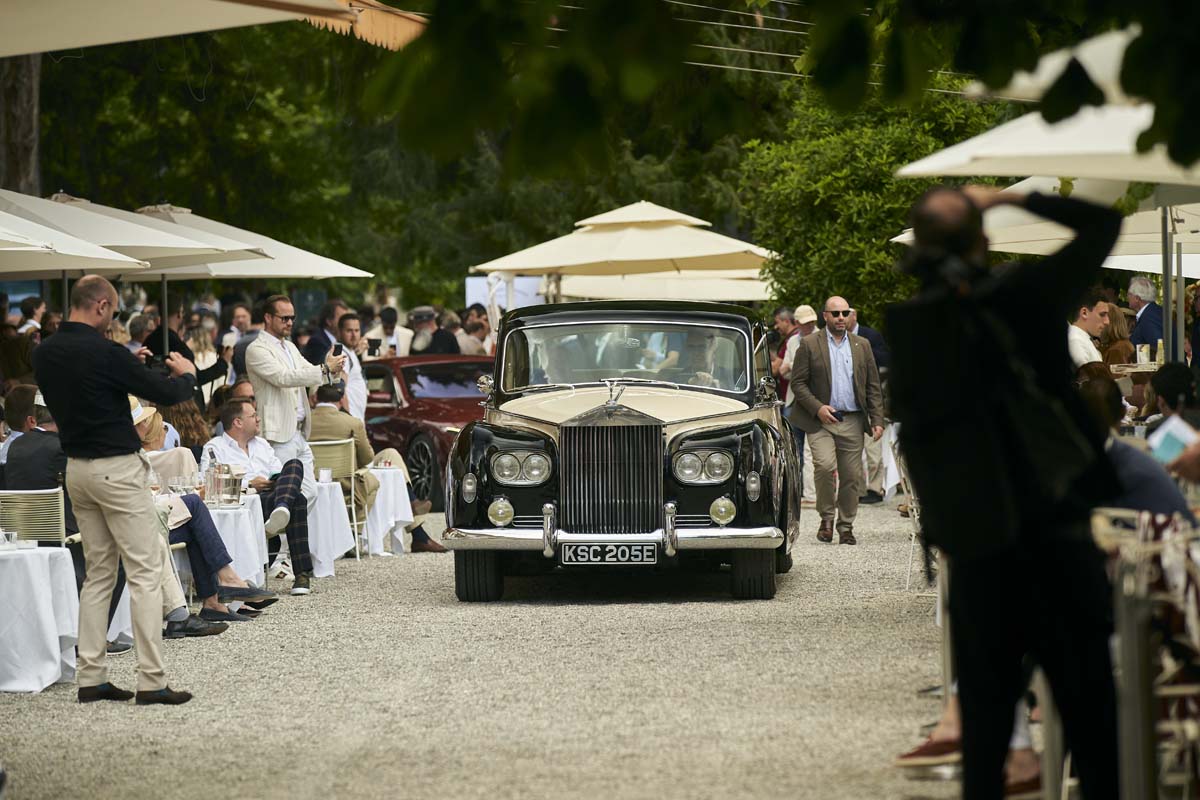
Finally, the opening parade for the concours featured a Phantom VI; one of the most recognisable post-war Rolls-Royces and a symbol of royalty, the gentry and ‘old money’ at a time when the Silver Shadow ushered in an era of ‘new money’ Rolls-Royce ownership.
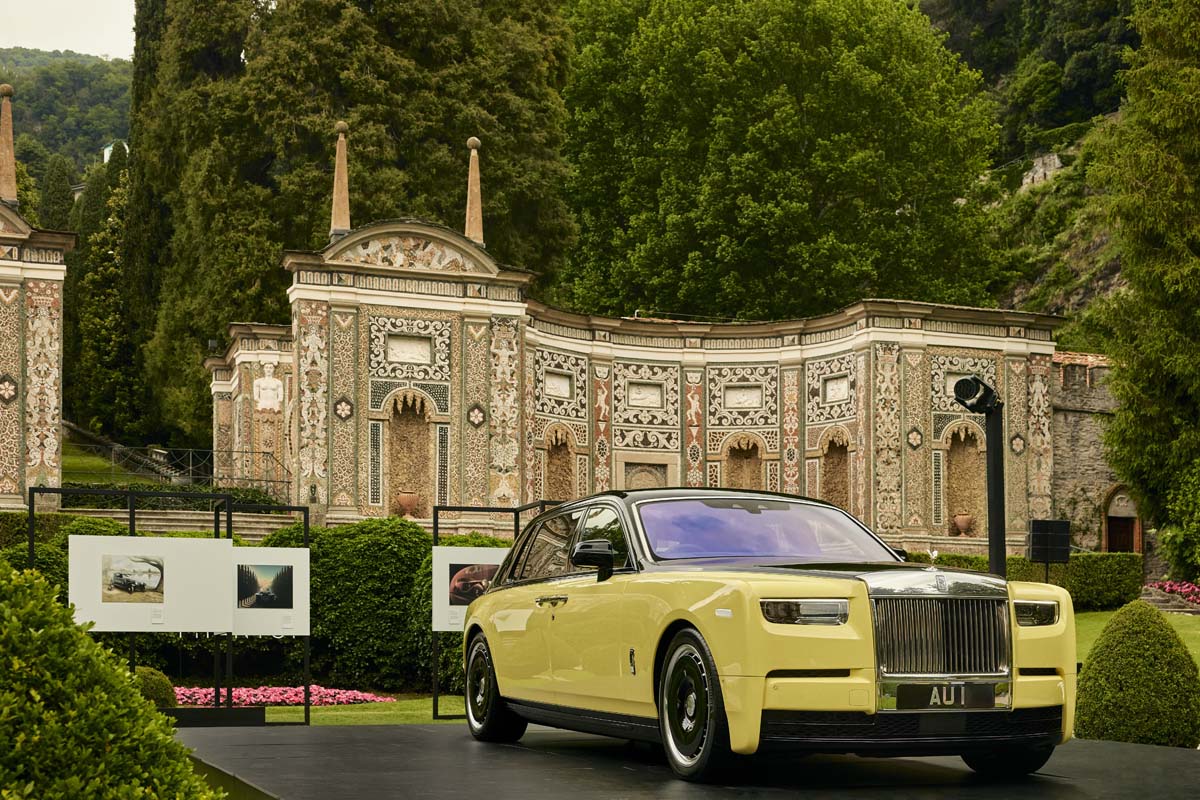
“The Concorso d’Eleganza Villa d’Este is the perfect setting for Rolls-Royce, as both this gathering and our marque celebrate the motor car as an object of art, craftsmanship and cultural expression,” said Chris Brownridge.
"In this exceptional location, we are proud to make the public debut of Phantom Goldfinger, a remarkable expression of our Bespoke capabilities and a powerful tribute to a film cherished by the client. To have the original 1937 model, which featured in the film and inspired this motor car, makes this moment even more special.
“Presenting these exquisite Phantoms and original artworks created by our designers in tribute to the nameplate in its centenary year is a fitting celebration of our pinnacle motor car.”






